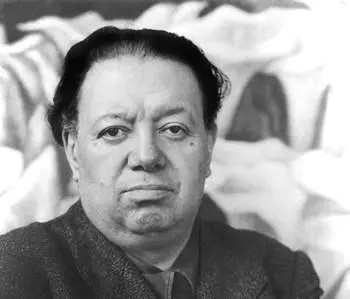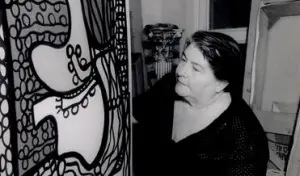Diego Rivera: Art as a Mural Revolution

July 28, 2025 Hour: 2:05 pm
Diego Rivera, one of the most influential artists of the 20th century, left an indelible mark on Latin American art history through his role as a pioneer of Mexican muralism. His work not only transformed public painting but also turned walls into spaces of social awareness and historical memory.
RELATED:
Amelia Peláez: The Master of Color and Cuban Modernity
Born in Guanajuato in 1886, Rivera began his artistic training at the Academy of San Carlos in Mexico City and later continued his studies in Europe, where he became involved with avant-garde movements, particularly Cubism in Paris. However, it was upon returning to Mexico after the Mexican Revolution that he found his true voice: muralism—a movement that fused art, politics, and popular education.
Together with José Clemente Orozco and David Alfaro Siqueiros, Rivera led this artistic movement that sought to depict the working class, indigenous heritage, and the fight for social justice. Deeply committed to Marxist ideology and the Mexican Communist Party, his murals are known for their clear narrative, accessible symbolic language, and technical mastery of fresco painting.
Among his most renowned works is Dream of a Sunday Afternoon in the Alameda Central (1947), housed at the Diego Rivera Mural Museum, which condenses centuries of Mexican history into a monumental composition. Another major work is the Detroit Industry series (1932–1933), created at the Detroit Institute of Arts, showcasing the tension between industrial progress and workers’ rights.
Rivera also stirred controversy in the United States with his mural Man at the Crossroads, commissioned for Rockefeller Center in New York, which was destroyed due to the inclusion of an image of Lenin. Undeterred by censorship, Rivera recreated the piece under the title Man, Controller of the Universe, now preserved at the Palace of Fine Arts in Mexico City.
Beyond Mexico, his work continues to be featured in international exhibitions. In 2025, the Arkansas Museum of Fine Arts presented Rivera’s Paris, focusing on his early European period, while institutions like MoMA in New York and SFMOMA have hosted retrospectives that highlight the enduring relevance of his message.
Diego Rivera died in 1957, leaving a legacy that transcends art. His murals remain powerful visual testimonies of history and the social aspirations of Latin American people. As an artist, intellectual, and activist, he turned walls into living chronicles of a nation in search of identity and justice.






